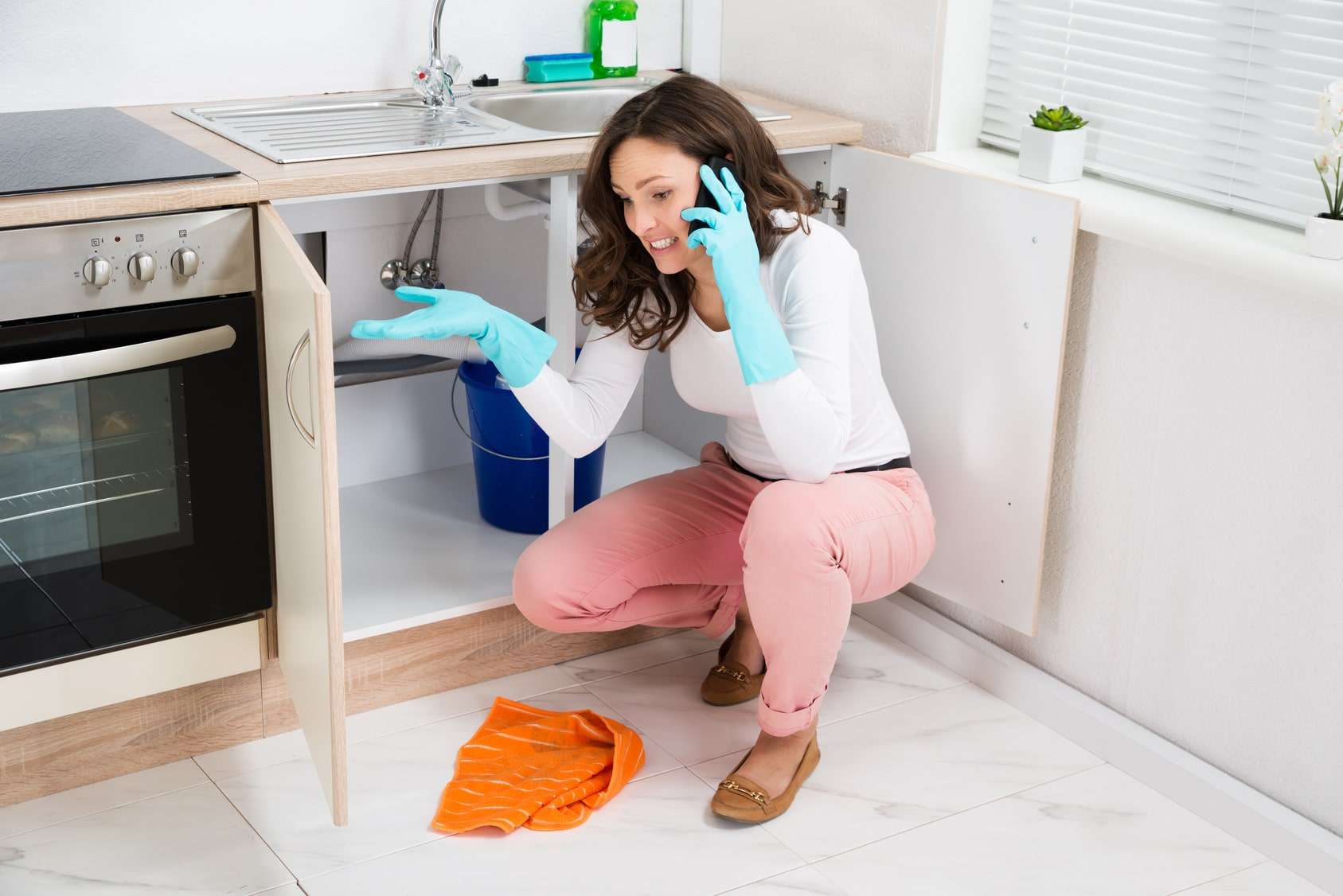Understanding The Causes of Leak Issues Can Be So Common in Your House
Understanding The Causes of Leak Issues Can Be So Common in Your House
Blog Article
What're your opinions about How to Find Water Leaks?

Leakages not just create waste of water but can also trigger unneeded damage to your house and also advertise undesirable natural development. Unfortunately, water leaks could go unnoticed given that a lot of the pipework in our residence is hidden. By looking and recognizing for day-to-day scenarios that trigger leaks, you can protect your home from future leakages and also unneeded damage. Today, we will certainly look at six leakage triggers that may be creating your pipes to drip.
Instant temperature level modifications.
Extreme temperature level changes in our pipes can trigger them to expand and contract suddenly. This development and tightening may trigger fractures in the pipelines, particularly if the temperature level are below freezing. If you kept an eye on just how your plumbing works, it would certainly be best. The visibility of the previously mentioned scenarios frequently indicates a high danger.
Corroded water supply
This might be the reason of discoloration or warping on your water pipes. If our plumbing system is old, take into consideration changing the pipelines since they are at a higher risk of rust than the more recent models.
Malfunctioning Pipe Joints
The point at which your pipes link is frequently the weakest link in the waterline. Pipeline joints can wear away over time, causing water leakages. The bulk of pipeline joints are not quickly visible. If you have noisy pipes that make ticking or banging noises, specifically when the hot water is switched on, your pipeline joints are probably under a great deal of stress. It is recommended to have your plumber examine your system annually.
Intruding origins
Most water leaks begin outside the house rather than inside it. You could notice wet patches or sinkholes in your yard, and also that might suggest that tree origins are invading water lines triggering water to seep out.
Poor Water Connectors
At times, a leakage can be caused by loose hoses as well as pipes that provide your devices. In instance of a water links leak, you may discover water running straight from the supply line or puddles around your home appliances.
Obstructed Drains
Blocked drains pipes might be annoying and inconveniencing, yet they can in some cases wind up causing an overflow bring about break pipelines. Maintain removing any products that might decrease your drains pipes that can block them to prevent such aggravations.
All the above are sources of leakages however not all water leaks arise from plumbing leakages; some leakages might come from roofing leakages. All leakages should be repaired promptly to prevent water damage.
Leaks not only trigger waste of water but can likewise trigger unnecessary damages to your home as well as promote unwanted natural growth. By looking and also understanding for everyday scenarios that trigger leaks, you can shield your residence from future leakages as well as unneeded damages. Today, we will certainly look at 6 leak triggers that may be creating your pipelines to trickle.
At times, a leakage can be caused by loose tubes and pipes that supply your appliances. In situation of a water connections leak, you might see water running directly from the supply line or pools around your home appliances.
How To Check For Water Leak In Your Home
How To Check for Leaks
The average household's leaks can account for nearly 10,000 gallons of water wasted every year and ten percent of homes have leaks that waste 90 gallons or more per day. Common types of leaks found in the home are worn toilet flappers, dripping faucets, and other leaking valves. These types of leaks are often easy to fix, requiring only a few tools and hardware that can pay for themselves in water savings. Fixing easily corrected household water leaks can save homeowners about 10 percent on their water bills.
To check for leaks in your home, you first need to determine whether you're wasting water and then identify the source of the leak. Here are some tips for finding leaks:
Take a look at your water usage during a colder month, such as January or February. If a family of four exceeds 12,000 gallons per month, there are serious leaks.
Check your water meter before and after a two-hour period when no water is being used. If the meter changes at all, you probably have a leak.
Identify toilet leaks by placing a drop of food coloring in the toilet tank. If any color shows up in the bowl after 10 minutes, you have a leak. (Be sure to flush immediately after the experiment to avoid staining the tank.)
Examine faucet gaskets and pipe fittings for any water on the outside of the pipe to check for surface leaks.
Undetected water leaks can happen without the home or business owner even realizing. If you suspect a water leak, but not able to find the source. It is time to contact a professional water leak detection service, The Leak Doctor.
How To Find a Water Leak In Your Home
https://www.leakdoctor.com/blog/How-To-Check-For-Water-Leak-In-Your-Home_AE197.html

We had been brought to that article on How to Find Water Leaks through an associate on another domain. I beg you take the time to distribute this blog entry if you liked it. I enjoy reading our article about How to detect water leaks in your home.
Excellence on call! Report this page